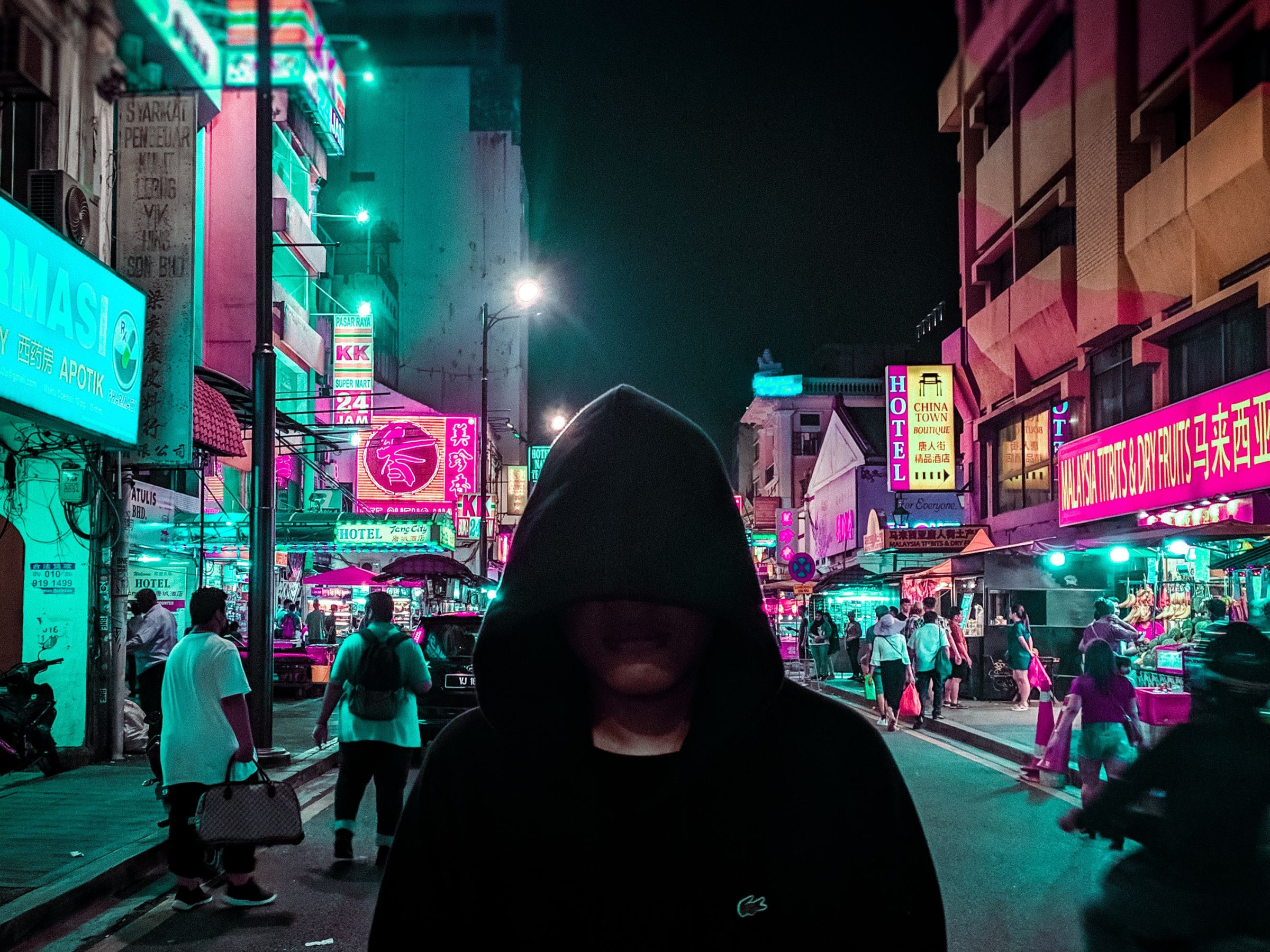
You can also read this short story on my Substack.
Every now and again a little victim is spared because she smiled, because he’s got freckles, because they begged. And that’s how you live with yourself. That’s how you slaughter millions. Because once in a while, on a whim, if the wind’s in the right direction, you happen to be kind.
Doctor Who, “Boom Town”
She was my last job.
My name’s not on any list of mass murderers. But that’s only because I have so many names and I pick them up and put them away again so often and so easily that no recordkeeper human or otherwise knows me as one man.
I quit the Service when I figured out that I could make more scratch with my gun without my badge but the Service still wanted to hire me for jobs and I would work them if they paid me well. They always did.
They paid me five hundred grand for her.
That should have told me how good, how important, she was. That and they weren’t even willing to let her live and write in exile where her words could carry back home on anything as droplet sized as a Tweet.
She was lucky I was thorough.
I’d learnt the best jobs are the end of days or maybe even weeks of observation, and once I landed in New Delhi I became like a fly on her wall.
She slept in her apartment in Jor Bagh and I was in my white van parked on the other side of the street.
She woke up at 6am and ate breakfast, oatmeal with mango and coconut and chai, bathed, dressed, and left her apartment and drove to Delhi University, where she taught postgrads about Shakespeare, Simic, and Stallings, every day Monday to Friday. And I followed her.
It was Thursday November 9 2023 and at 1:30pm she gave a reading of her poetry. I was in the audience.
That was when I heard it.
Her words rose from her mouth like the smouldering mist from the cracked, concave head of a volcano. They twirled upwards around her almond face and bushy raven mane and her butterfly eyes, and they filled the lecture hall ceiling and then they grew so heavy they rained down on me, dripping and then pouring and then rushing inside my ears.
They were still there the night after next when I was ready to pull the trigger.
I tried to ignore them. I was in the back of my van parked across the street from her apartment. I was holding my rifle up. Its tip was aimed out the side window. I’d opened the side window. The bullet wouldn’t shatter the glass and attract attention or make a mess. I aimed the rifle up towards her study window on the left-hand side of her apartment facing the street. She always wrote at her desk in front of that window on a Saturday night with the window open. The bullet wouldn’t shatter her window either. There would be no sound. No footprint of glass shards anyone could follow back to me. I looked through my rifle scope. I tilted the rifle slightly up. The target etched in red lines inside the scope’s eye was in the dead centre of her forehead.
But I could still hear her words.
I couldn’t stop hearing them.
I didn’t want to stop hearing them.
In that business, if you mess up a job you don’t just get a bad reference.
I got the first flight out of Delhi and migrated towards my safe house buried in the snow, where I only see the sun for six months a year, via Abu Dhabi, London, and Reykjavik.
I stopped at a bookstore at Heathrow and bought a copy of a book of her poetry. Its title was a question: The Death of a Killer? I thought it was like she was asking me that question.






